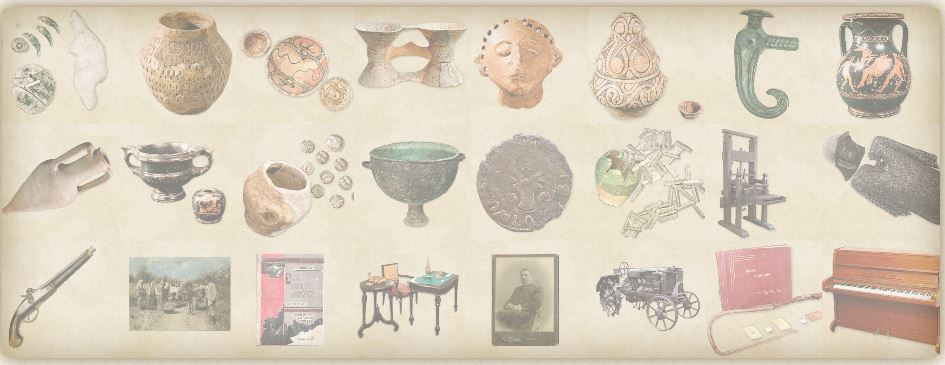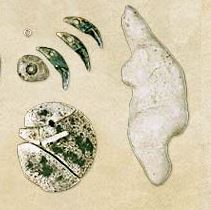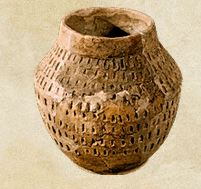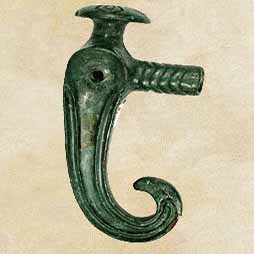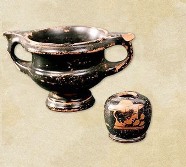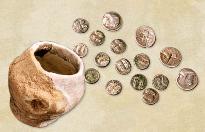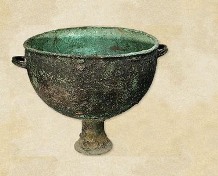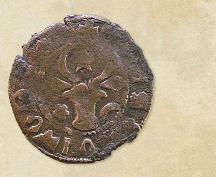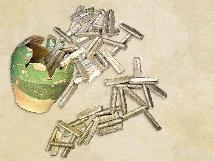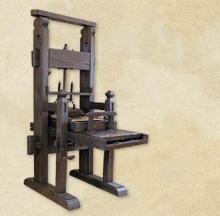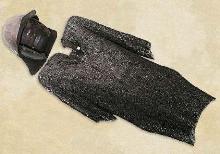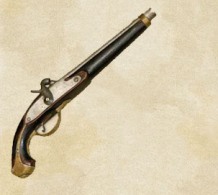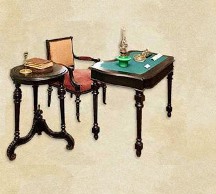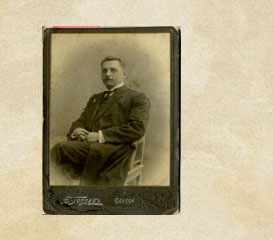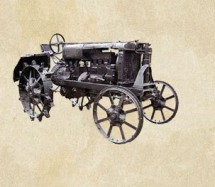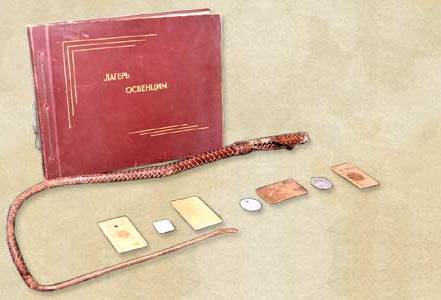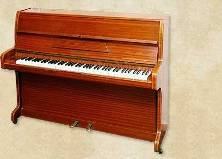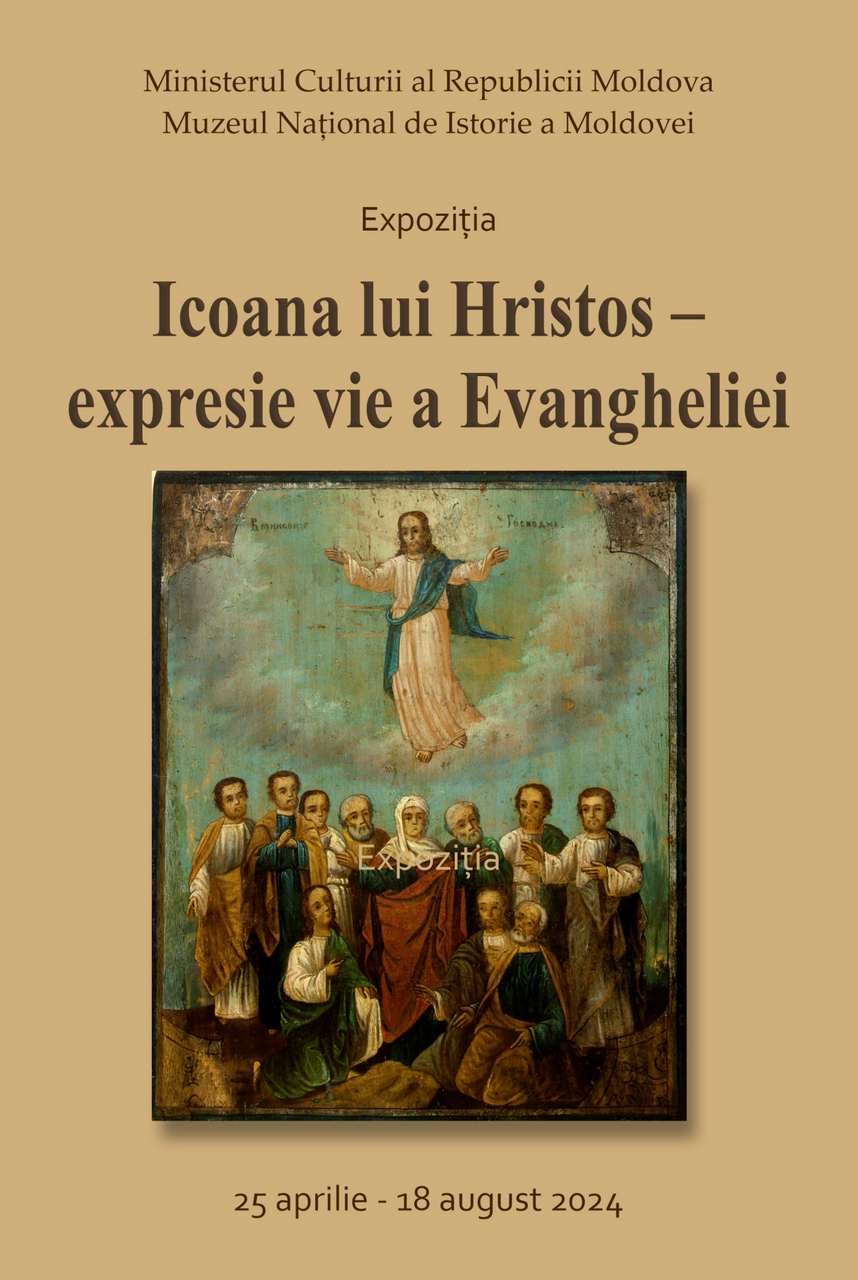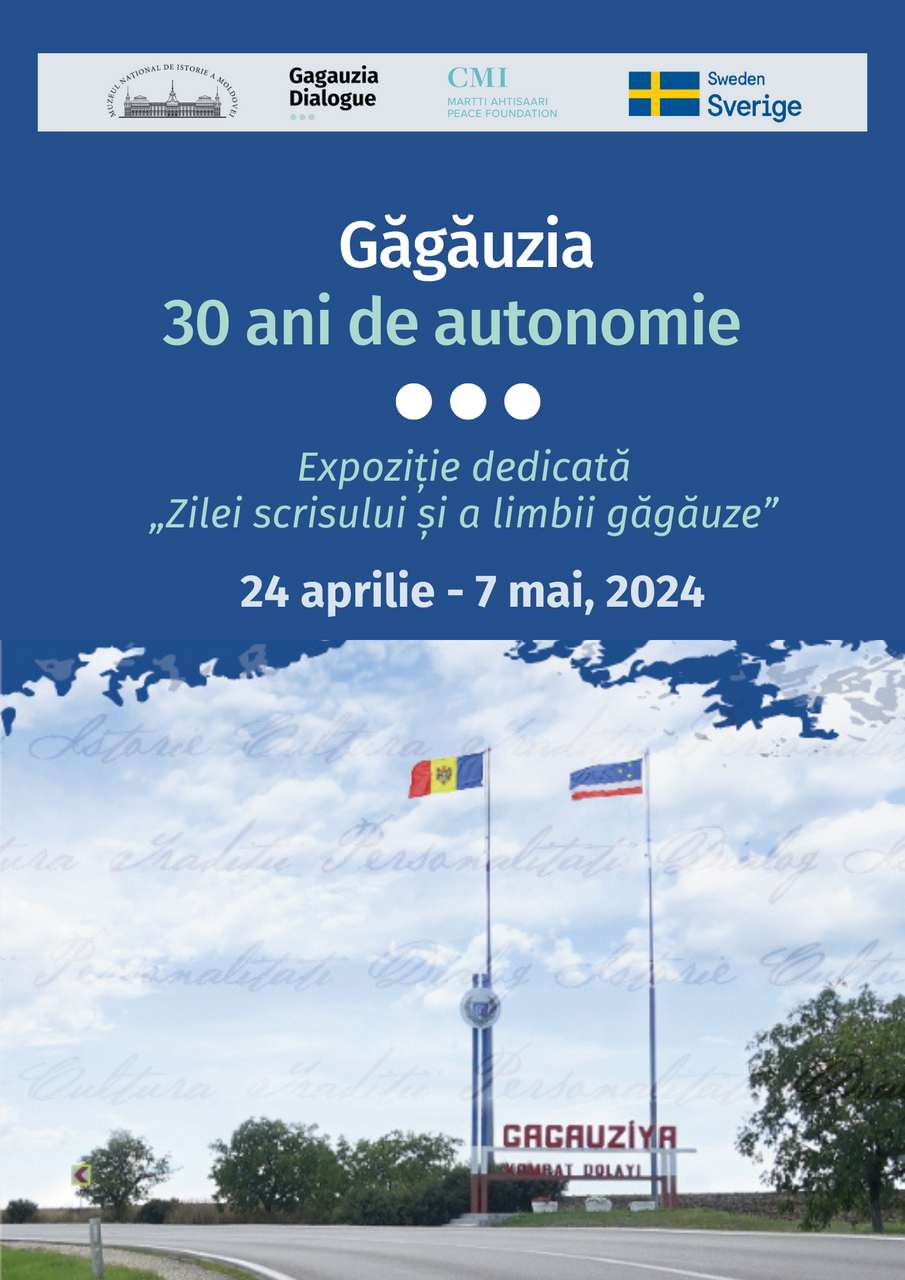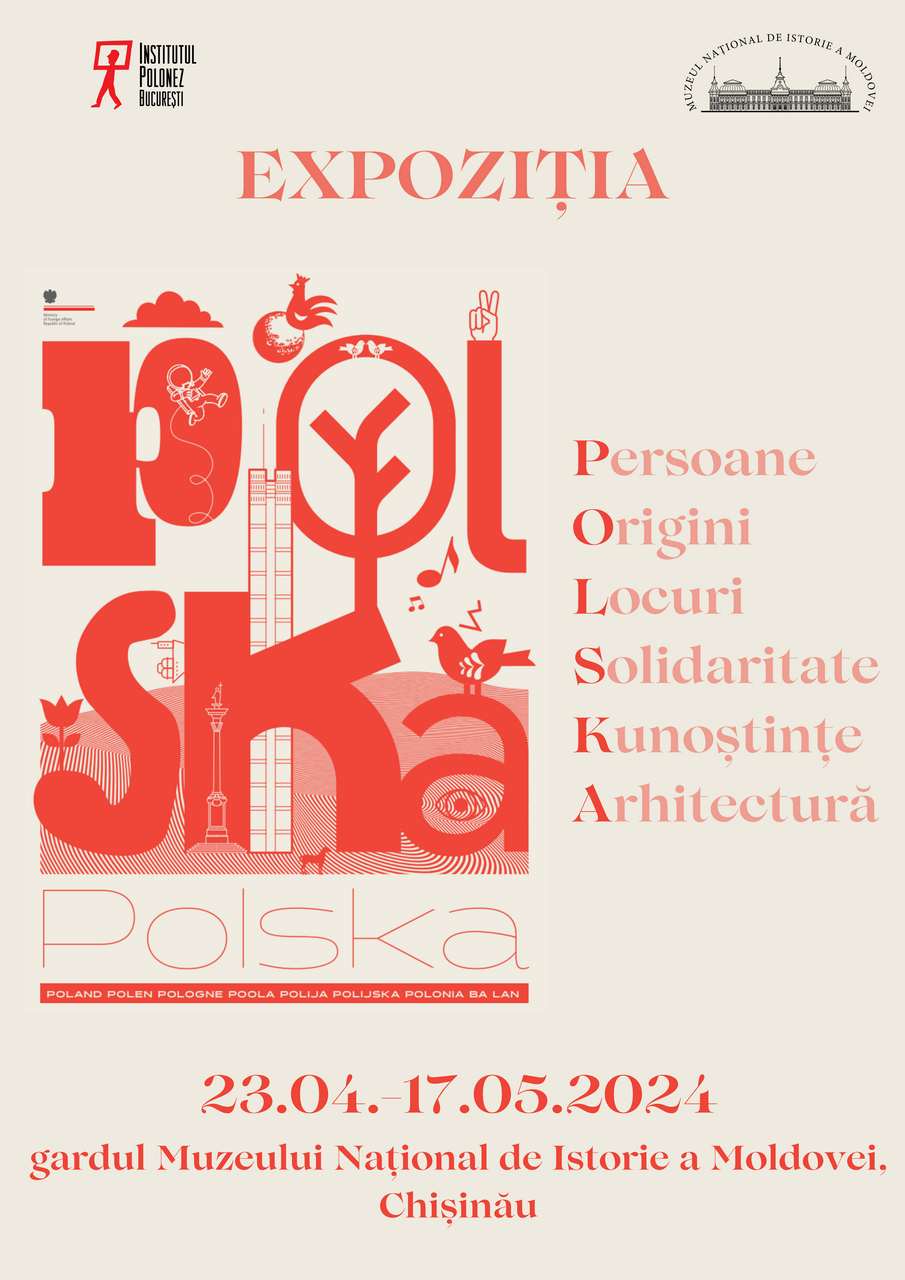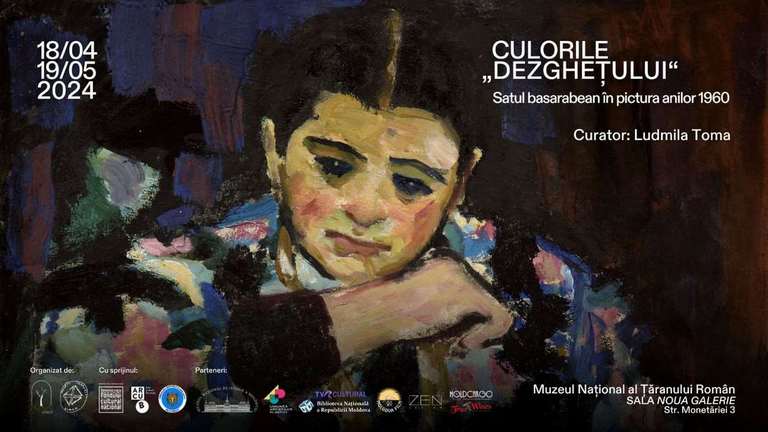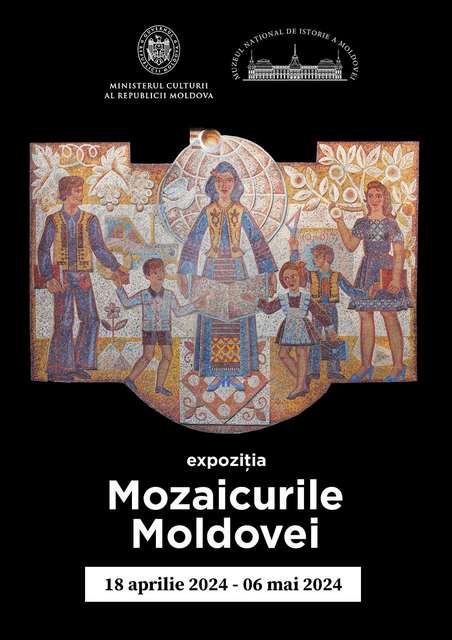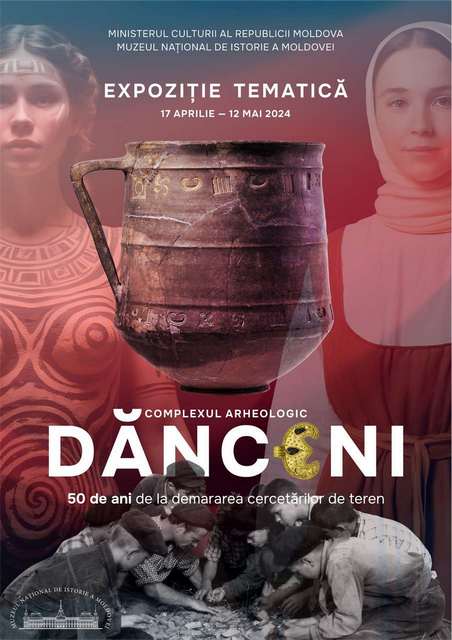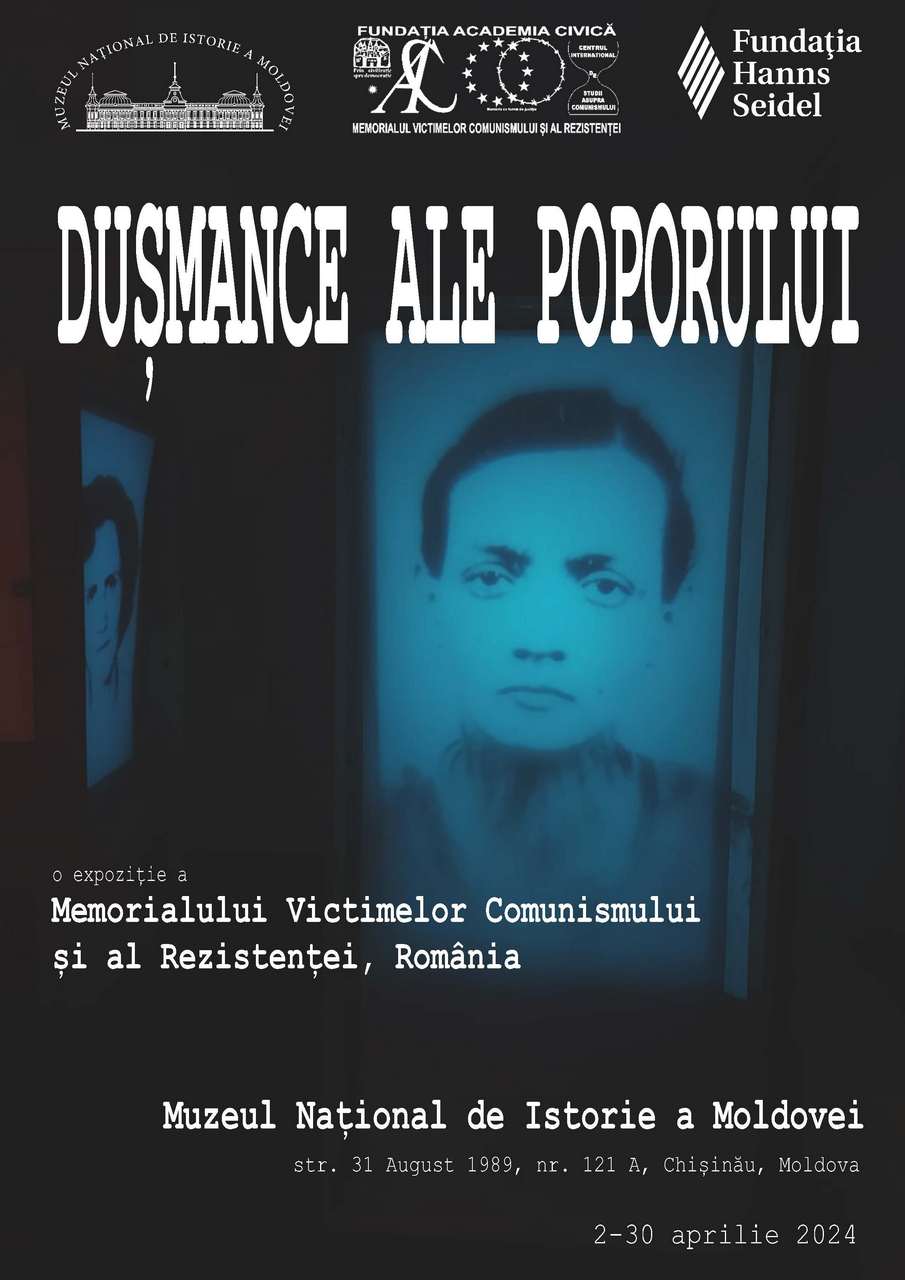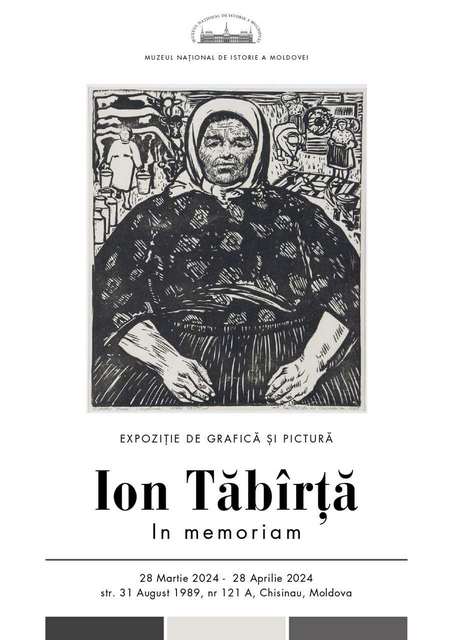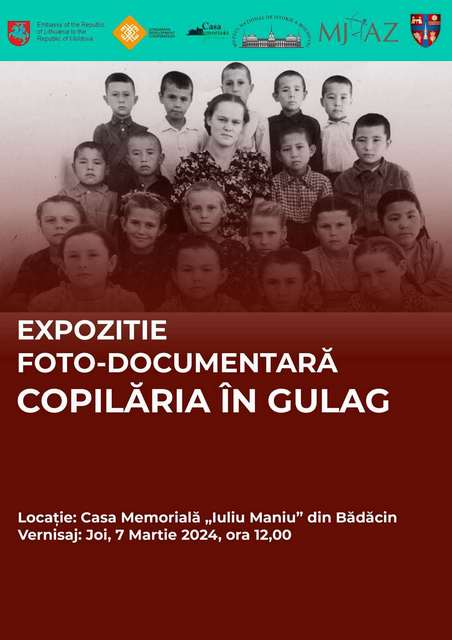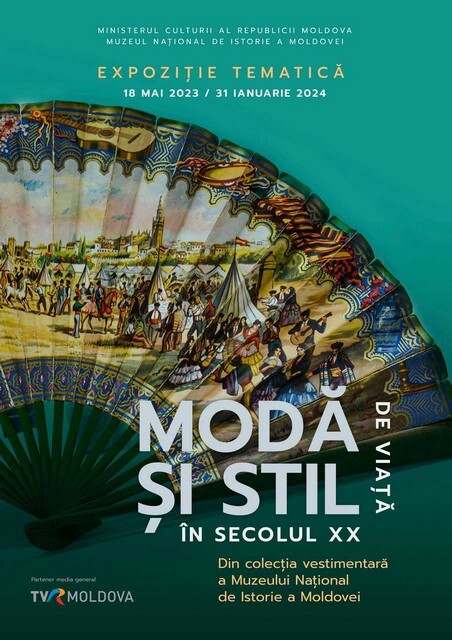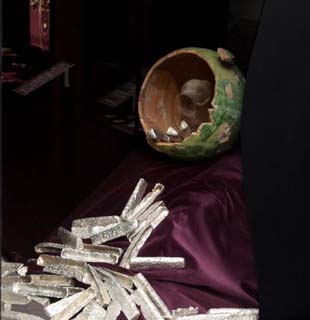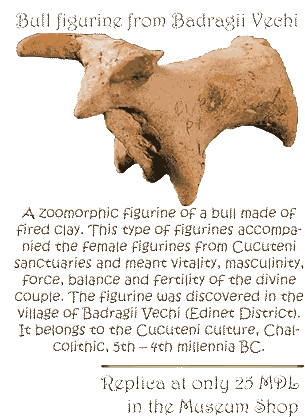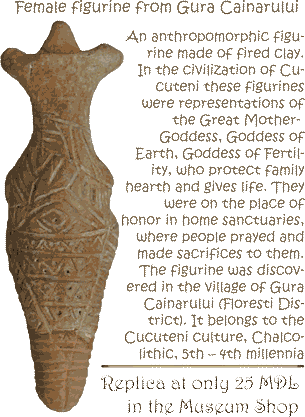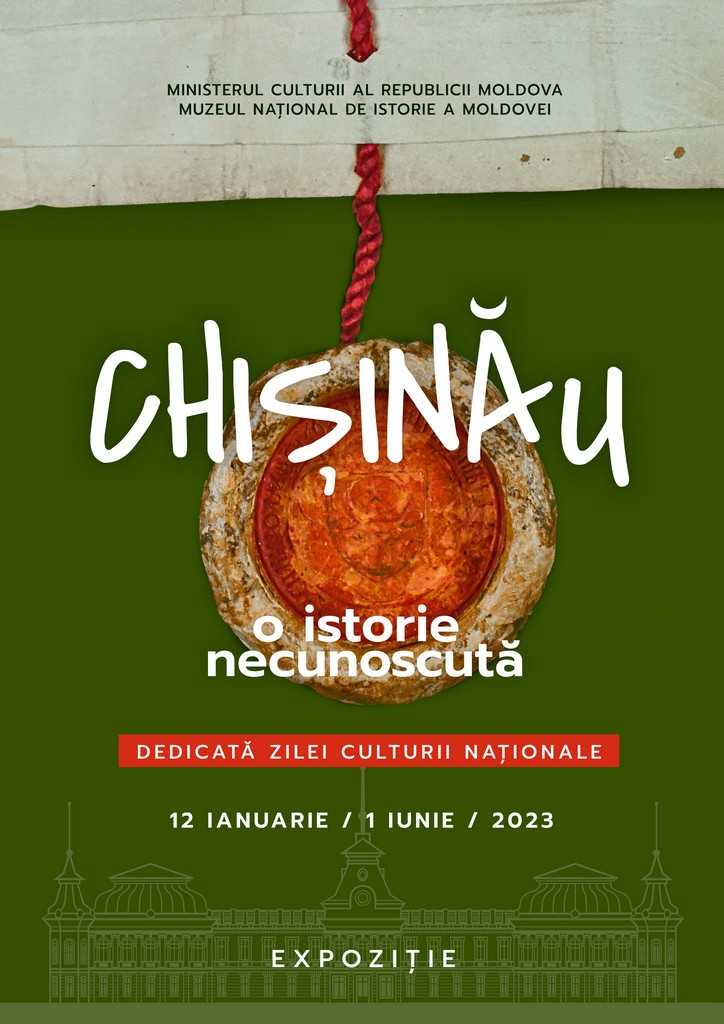 The exhibition "Chisinau: an unknown history", conceived and organized by the National Museum of History of Moldova, brings together an important number of documentary materials that illustrate the historical past of Chisinau. The absolute majority of these materials are part of the collections of the NMHM and constitute a true historical-cultural treasure that allows the objective reconstruction of the city's past. Brought to light as a result of archaeological research in the last decades, they highlight unknown aspects of the history, culture, demography, social, economic and political relations of Chisinau from all times, starting with prehistoric times, passing through the ancient and medieval periods and reaching the premodern period.
The exhibition "Chisinau: an unknown history", conceived and organized by the National Museum of History of Moldova, brings together an important number of documentary materials that illustrate the historical past of Chisinau. The absolute majority of these materials are part of the collections of the NMHM and constitute a true historical-cultural treasure that allows the objective reconstruction of the city's past. Brought to light as a result of archaeological research in the last decades, they highlight unknown aspects of the history, culture, demography, social, economic and political relations of Chisinau from all times, starting with prehistoric times, passing through the ancient and medieval periods and reaching the premodern period.
Even if the oldest written documentary mention, which has been preserved, about Chisinau is from the 15th century (year 1436), the research carried out in several archaeological sites in various areas of the city (Valea Morilor, Măzărache Church, Armenian Church, Piața Veche and others) have conclusively demonstrated that the locality has a much older and richer history than previously thought. Thus, according to the latest archaeological research, the oldest known human settlements in the borders of Chisinau are considered to be those in the Valea Morilor area, where settlements dated to the Paleolithic era (about 20 thousand years BC) were discovered, in the Eneolithic era - the Cucuteni-Tripoli culture (4,000-2,600 BC), in the Bronze Age (2nd millennium BC) and the Early Iron Age (1st millennium BC). Also, traces of human habitation from the late Roman period (3rd-4th centuries) and from the early Middle Ages (8th-12th centuries) were attested within the boundaries of Chisinau municipality (Bâc river meadow, Malina Mică, Valea Morilor s.a.). At the same time, according to some data, there would have been a settlement on the site of the current Chisinau from the period of Tatar-Mongol domination within the Golden Horde (13th-14th centuries), i.e. from the period immediately preceding the first known written documentary mention of the settlement.
The exhibition approach is completed with documentary attestations about Chisinau, which can be found in princely books, gramotes, urics or christoaves that present the locality as a fair or property of some monasteries, with the mention of the owners and builders of churches who contributed to the growth of the city on Bâc river. Visitors can follow the economic development, the evolution of the city's internal and external trade, admiring monetary hoards and coins discovered in isolation, but also work tools, beautifully decorated ceramic vessels. They display the tastes and aspirations for beauty of Chisinau residents, demonstrate the wide range of craft and artistic occupations of the local population over the centuries.
The exhibition displays a beautiful and rich collection of ceramic and earthenware vessels, as well as unusual glass containers with a varied range of shapes and sizes, discovered in the immediate vicinity of the Armenian Church. The peculiarities of the material from which the vessels were made demonstrate the craftsmanship of the local craftsmen, whose works are in no way inferior to similar pieces from other centers of the period.
The purpose of the exhibition is to bring to the public's knowledge the archaeological materials and written sources that reflect new aspects of the history of Chisinau from ancient times to the beginning of the 19th century. The objects presented in the exhibition are authentic, original pieces, some of them being restored in the NMHM laboratory. The originality of the exhibition lies in the fact that most of the presented pieces are exhibited for the first time, only some of them being included in the scientific circuit through publication.
















